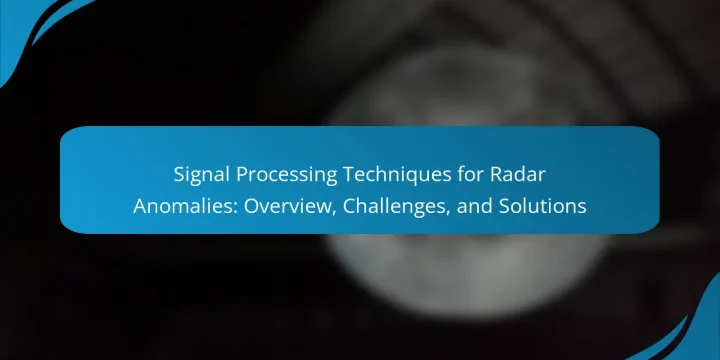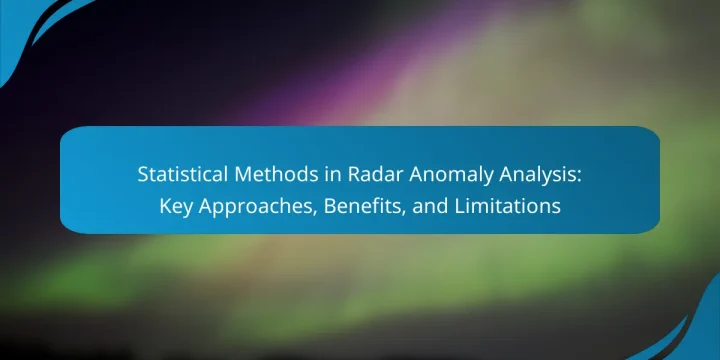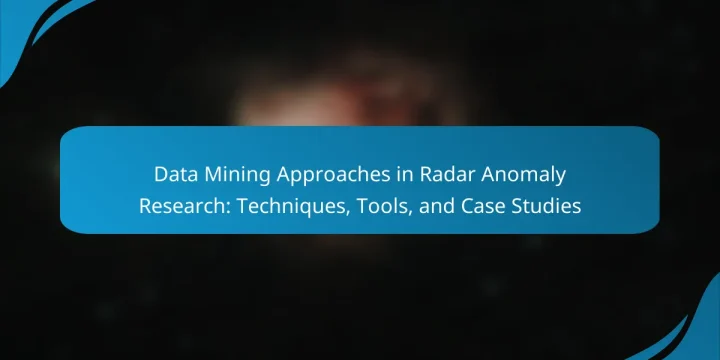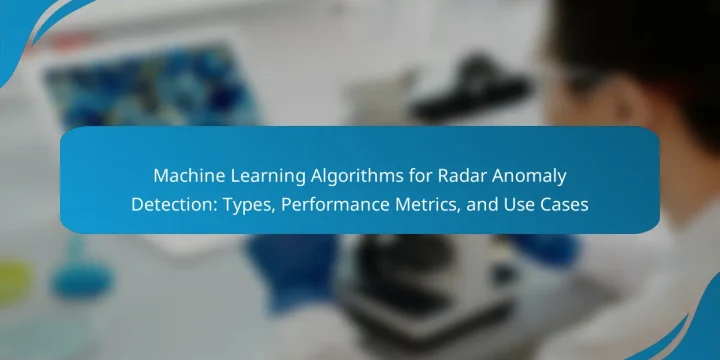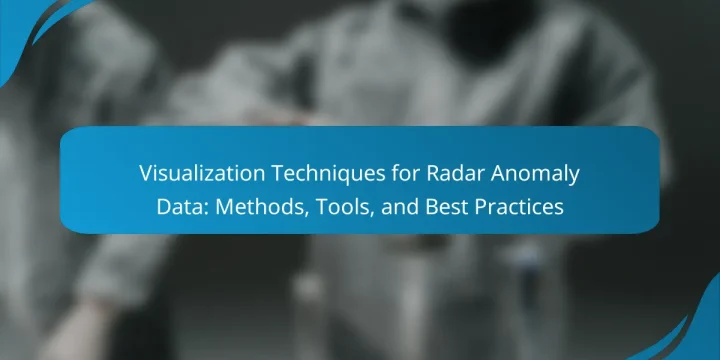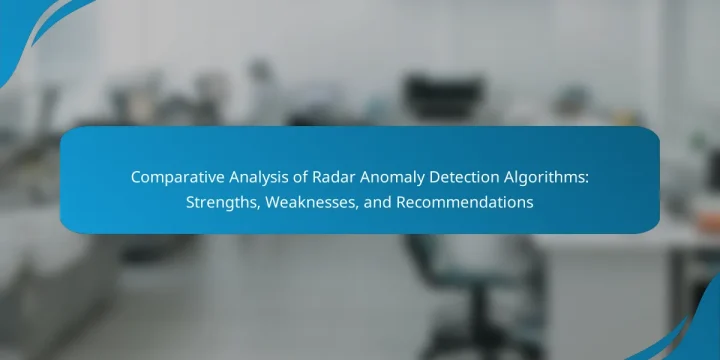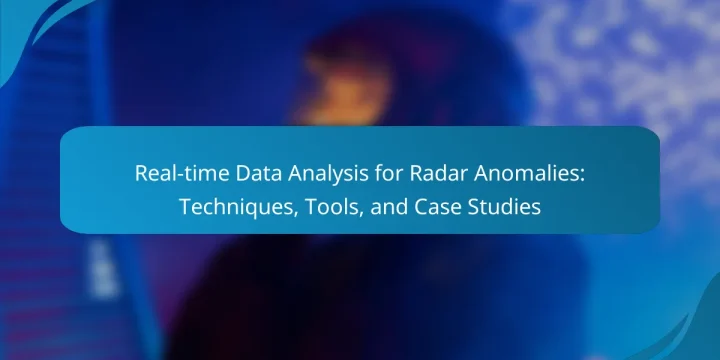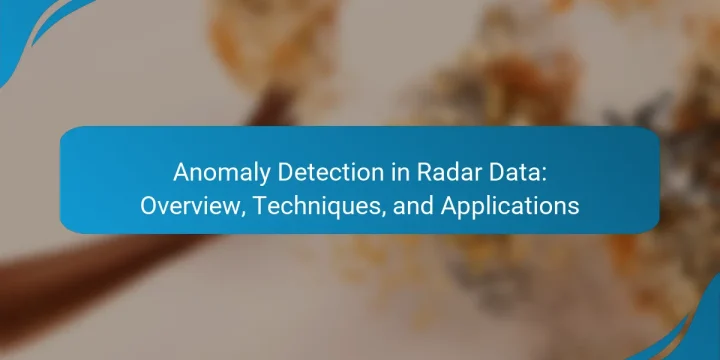
Anomaly detection in radar data involves identifying unusual patterns or behaviors within radar signals, which is essential for applications such as surveillance, object tracking, and air traffic control. This process employs various techniques, including statistical analysis, machine learning algorithms, and signal processing methods, to effectively detect anomalies. Applications of anomaly detection span multiple sectors, including air traffic safety, military surveillance, weather monitoring, automotive systems, and maritime security. By enhancing operational safety and efficiency, anomaly detection plays a critical role in managing radar data across diverse industries. What is Anomaly Detection in Radar Data? Anomaly detection in radar data refers to the identification of unusual patterns or behaviors within radar signals. This process is crucial for various applications, including surveillance, object tracking, and air traffic control. Techniques such as statistical analysis,…
